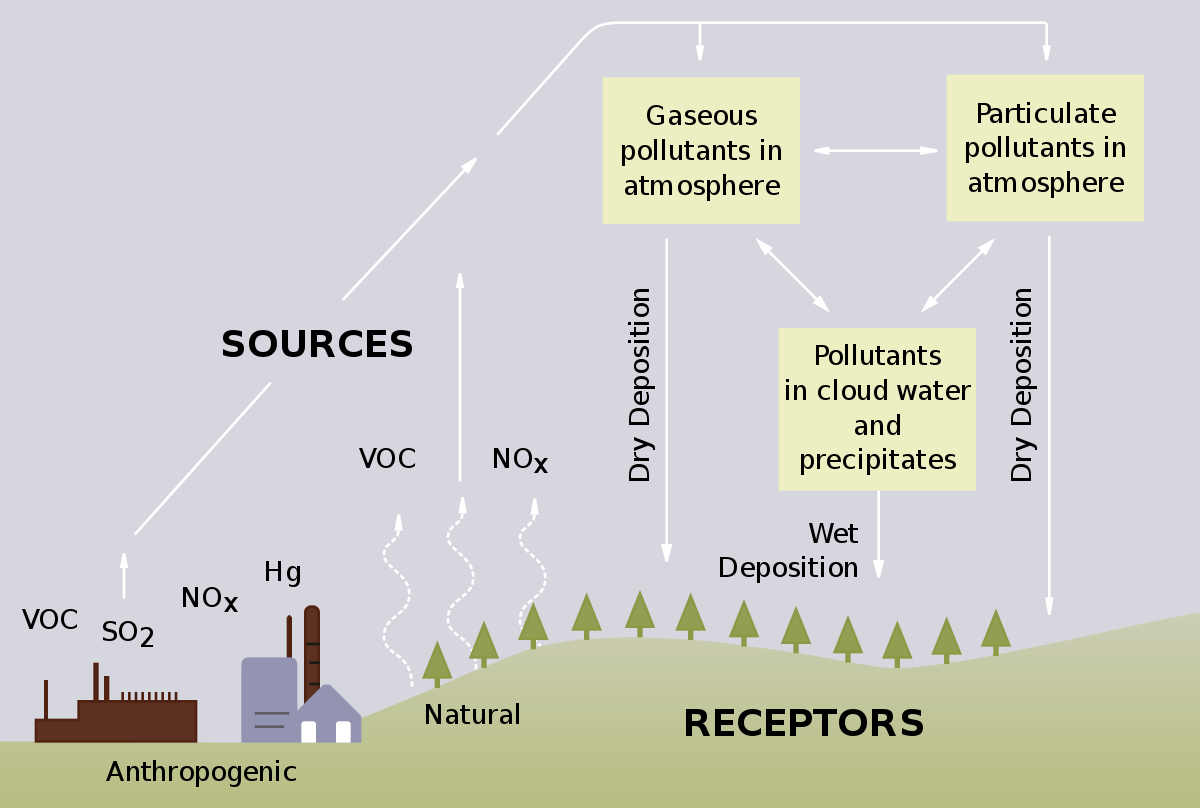Sulfuric acid (H2SO4) is a strong mineral acid containing elements like sulfur, oxygen, and hydrogen. It is a dense, oily, reactive and corrosive (to metals and tissue) liquid. It appears to be colourless to slightly yellow liquid. It is water-soluble with the release of heat. It has a molecular weight/ molar mass of 98.079 g/mol and a density of 1.84 g/cm³. Its respective boiling and melting points are 337 °C and 10 °C. Moreover, it has a strong reactivity that can even burn organic materials.
Sulfuric acid has a wide range of applications across various industries; it can be used to manufacture dyes, fertilisers, pigments, drugs, detergents, explosives, and inorganic acids and salts, along with petroleum refining and metallurgical processes. It is also used as an electrolyte in lead–acid storage batteries used in the automotive industry for cars and trucks. In fertilisers, it is used to make phosphoric acid, which is used for preparing phosphate fertilisers. In Pharmaceuticals, it has application as a solvent for the chemical synthesis of various chemical substances, like active pharmaceutical ingredients. Furthermore, it is also present in gas for CEMS samples. In the pulp and paper industry, the acid is employed for making an on-site generation of chlorine dioxide, which is an environmentally friendly bleaching agent. In the treatment of water, it’s used to bring the wastewater’s pH level to be normal. It is also used for making cellulose fibres like rayon fibre, making disinfectants and colouring agents. Also, it finds use in the regeneration of ion exchange resins, usually used to regenerate strong acid cation resins.
Sulfuric Acid Production Processes
- Sulfuric Acid Production from Tail Gas Using H2O2 Abatement: The production of Sulfuric Acid is carried out via tail gas purification using hydrogen peroxide abatement. Sulphur dioxide oxidation into Sulfuric Acid occurs using a method involving the contact of SO2 with an aqueous scrubbing solution of Sulfuric Acid that contains hydrogen peroxide in a gas-liquid contacting device where the liquid scrubbing phase is turned to the continuous phase during the actual contracting. In the process, the scrubbing solution’s acid concentration can go up to 99 percent + by weight H2SO4. This process is vital in reducing sulphur dioxide from waste gases that get formed during the manufacturing of Sulfuric Acid and also for getting rid of SO2 from other stack gases, thereby easing pollution. Next, as the hydrogen peroxide oxidizes the sulphur dioxide to H2SO4.
- Sulfuric Acid Production from Sulphur via Single Contact Process: Sulfuric Acid is produced via a single contact process. In this method, sulphur is burned, forming sulfur dioxide, which is turned into sulphur trioxide, which is further turned into Sulfuric Acid through absorption with recirculating Sulfuric Acid solution in water in only one column.
- Sulfuric Acid Production from Sulphur via Double Contact Process: Sulfuric Acid production employs the double contact process where sulphur is burned, forming sulphur dioxide, which gets turned into sulphur trioxide. Next, the Sulphur trioxide is transformed to Sulfuric Acid via a double-contact double absorption (DC/DA) process with a high Sulfuric Acid solution concentration in water.
- Sulfuric Acid Production from Spent Acid via Double Contact Process: spent Sulfuric Acid regeneration is the process employed for the regeneration of spent Sulfuric Acid from alkylation, including spent acid decomposition. The process is followed by another process called double-contact double absorption (DC/DA), where the spent acid gets decomposed in a furnace, creating sulphur dioxide. Last, the sulphur dioxide-containing gas undergoes purification and is then fed into a double-contact double, absorption process to produce Sulfuric Acid.
- Sulfuric Acid Production from Iron Pyrite Gases: Sulfuric Acid is produced from iron pyrite gases, during which iron pyrite gas is treated, and the gas’s sulfur dioxide is turned to sulfur trioxide, which on double-contact double absorption yields Sulfuric Acid.
- Sulfuric Acid Production from H2S Gases via Wet Sulfuric Acid Process: Sulfuric Acid is produced from hydrogen sulfide gases via the Wet Sulfuric Acid process, during which hydrogen sulfide contained in the feed gas is burned, making sulphur dioxide and water. Next, Sulphur dioxide is transformed into sulphur trioxide and chilled until it reacts with water in the gas phase forming Sulfuric Acid, which is later condensed and concentrated to approximately 98 wt%.
The Leading Market Players Contributing to the Sulfuric Acid Production Cost
- BASF SE
- INEOS Sulphur Chemicals (INEOS Capital Limited)
- The Mosaic Company
- Saudi Arabian Mining Company (Ma’aden)
- Agrium U.S. Inc. (Nutrien Ltd.)
- Zhejiang Jiahua Energy Chemical Industry Co. Ltd.
The Sulfuric Acid Price Trend Movement
North America
Recently, the Sulfuric Acid market value progressed in a southward direction, with prices hitting their lowest during the end. In the downstream fertilizer industry, there was a drop that led to a significant withdrawal from the bulk Chemicals industry, which is among the only factor for the decline in Sulfuric Acid prices. This dip in the prices was modest, according to market players. The product’s demand de-escalation from the fertilizers and dyestuff sectors impacted the product’s price in the US domestic market. Experts in the market see the Sulfuric Acid industry in America as pessimistic, anticipating prolonged growth rates to be at an all-time low.
Asia
The Sulfuric Acid price dropped swiftly as there was restricted order support in the market in Asia. Firms producing Sulphur slowly lowered their prices to steady the feedstock supply and fulfil the available demand. The cost support was negatively affected by the continuous decline in crude oil prices. The low pricing trend of the product in the domestic market was supported by frail demand, oversupply, as well as lowering spot prices abroad. The downstream fertilizer market kept uniform levels of consumption, whilst the construction and automobile sectors held the volume intakes on the lower end.
Europe
At present, the Sulfuric Acid market value dropped in the European market. The Sulfuric Acid inventories kept increasing in the supplier’s and trader’s standard stock because of lower consumption in the domestic market. The driving factor responsible for the downward Sulfuric Acid business prices has been the gloomy outlook by investors for the automotive manufacturing sector for the rest of the period. A major interruption in production was propelled by a decline in feedstock Sulphur cost amidst falling prices of crude oil. The Sulfuric Acid production rate was reduced further amidst bearish product demand.
The Sulfuric Acid market is witnessing immense growth due to its range of applications across many industries, making its procurement vital. In this post, the various market aspects have been covered, especially the supply-demand analysis, which provides the key players with an in-depth market analysis.





